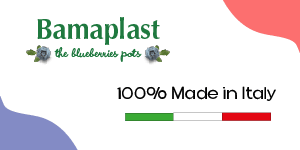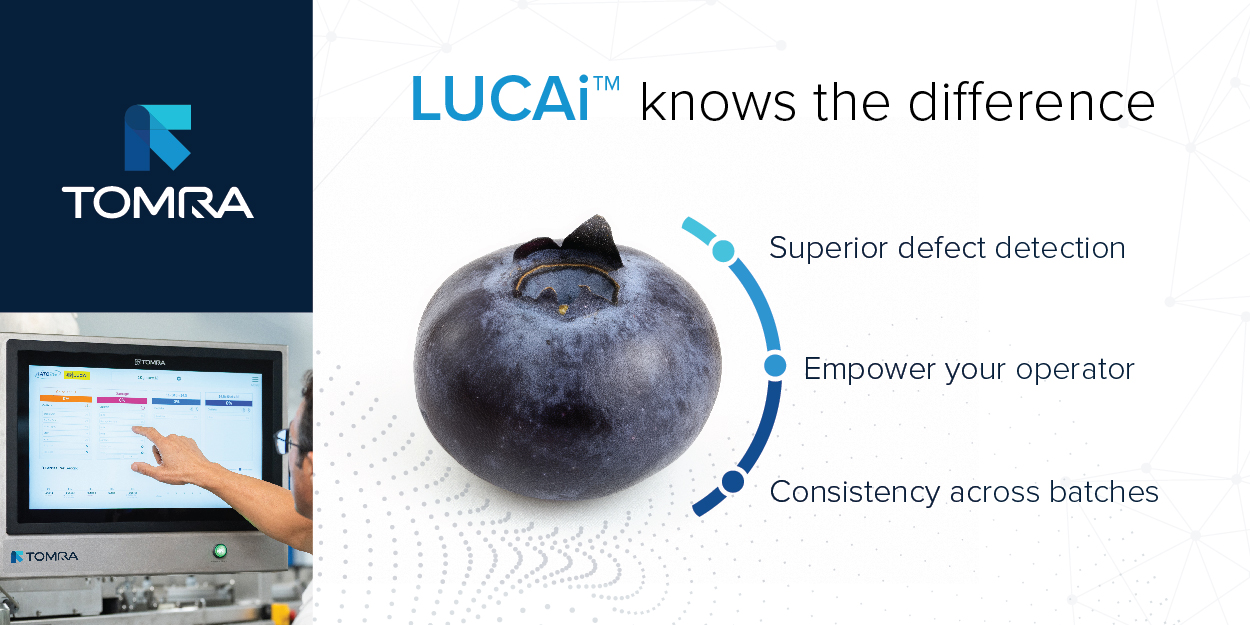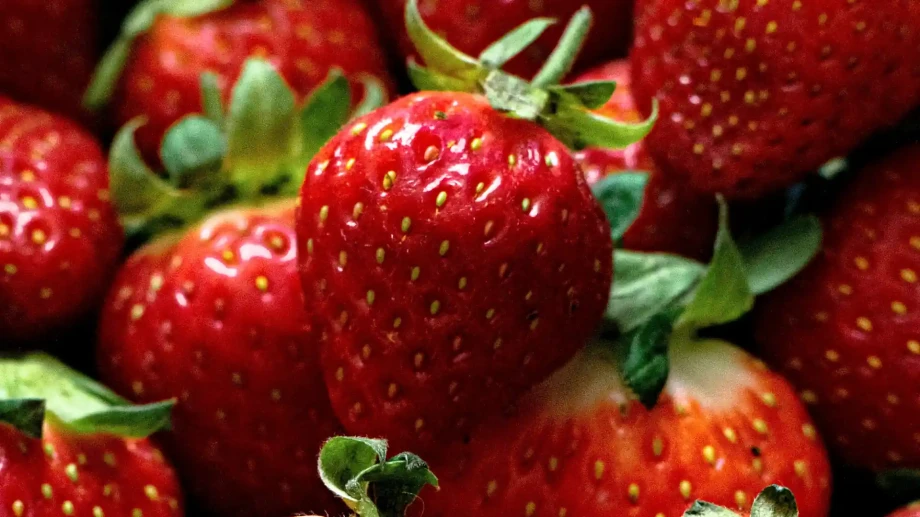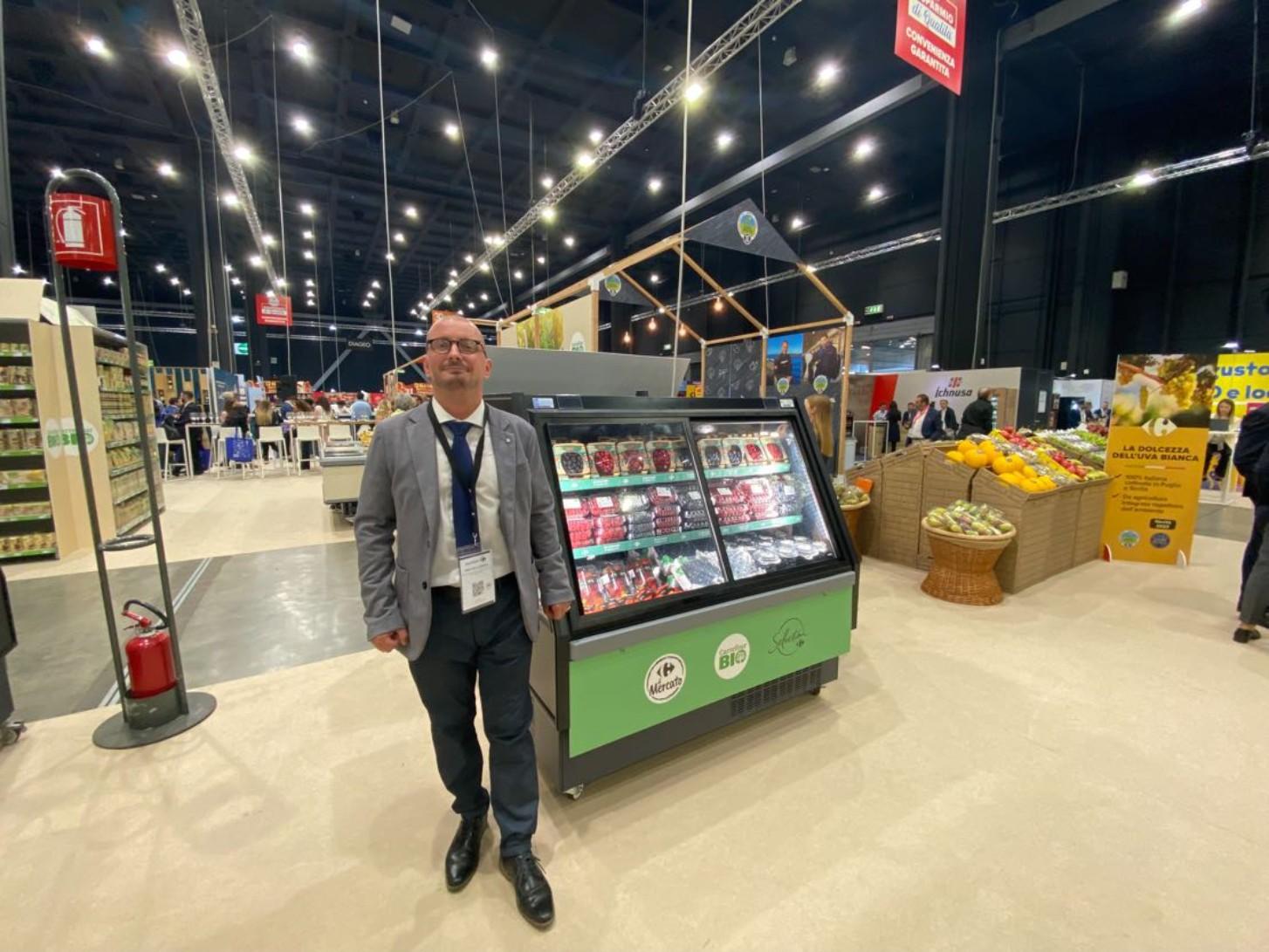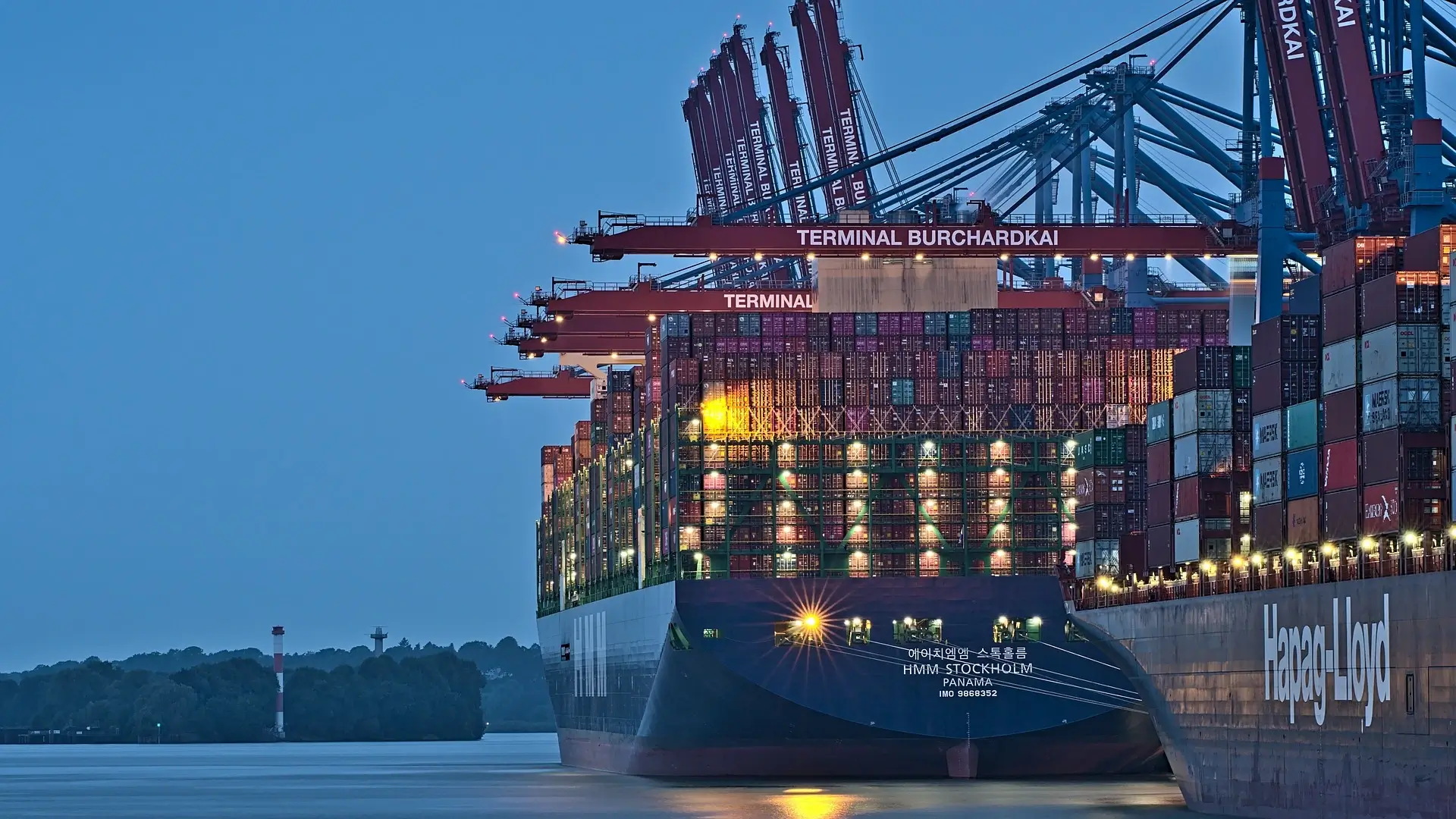At the recent event organized by CREA within the Berry Area program, the spotlight was on strawberry production in Italy and Spain. Despite a season marked by exceptional weather challenges, a surprisingly positive outlook emerged—driven by innovation, resilience, and a glimpse at what the future could still hold for Italian strawberries.
Weather woes, but optimism grows
Growers and breeders attending the event didn’t let the poor weather dampen their spirits. On the contrary, many reported encouraging progress for the 2024 season.
Years of substantial investment in strawberry breeding programs are beginning to pay off. New, more robust varieties are helping producers better withstand increasingly frequent climatic adversities. These innovations are not just technical achievements—they are lifelines for a sector under growing environmental pressure.
Signals from the market: a price worth noting
Beyond the fields, there are also encouraging signs at the consumer level. In Italy, the average retail price of strawberries rose by 8.3% in 2024—a significant increase that speaks volumes.
It suggests that Italian consumers are recognizing and rewarding quality. The market is showing a willingness to pay more for a product that consistently meets expectations. For growers, this is more than a number—it’s confirmation that their efforts are being noticed.
The Candonga legacy: a lesson in branding
Within the berries category, the story of Candonga still resonates. In just a few years, this brand became a symbol of premium-quality strawberries in Italy. Much like the apple brand Melinda, Candonga was more than a name—it was a guarantee.
Today, however, that once powerful brand has faded from prominence. Its decline left a gap in the Italian market—a space for excellence that is now only timidly filled. The real loss? The absence of a strong, recognizable identity for premium Italian strawberries.
A market without a flagship
The Italian strawberry market currently lacks a flagship brand—a name that consumers can instinctively associate with high quality. Basilicata, a region renowned for its ideal strawberry-growing conditions, could serve as a geographic anchor. But without official protection as a geographical indication, its potential remains underleveraged and its identity blurred.
This situation presents a double-edged message: on one side, there is a clear market opportunity that producers aspire to; on the other, a sense of regret for past occasions that were not seized.
Reconnecting with the premium consumer
In recent seasons, Italian producers have not done enough to actively promote and position their premium offerings. The result? Consumers seeking a high-quality strawberry often struggle to find what they’re looking for—even when it’s already on the shelves.
We have, in effect, left the premium strawberry consumer without a reference point. The product exists. The quality is there. But the story isn’t being told.
The way forward
If the industry wants to regain ground, it must embrace coordinated marketing and communication strategies. It’s not just about growing a good product—it’s about helping consumers recognize it, trust it, and seek it out.
There is still time to turn the page. The Italian strawberry has everything it needs to thrive: agronomic excellence, consumer interest, and a proud heritage. What it now needs is a shared vision—and the will to build a brand that lives up to the fruit itself.
Thomas Drahorad
Berry AreaThis article is part of a series dedicated to Berry Area in co-operation with Macfrut 2025. This content is in support of the event which will take place May 6-8, 2025 in Rimini Expo Centre, where the Berry Area stands as a reference point for all those seeking innovative solutions for the production and marketing of berries. 👉 Learn more about the Berry Area at this link. |





